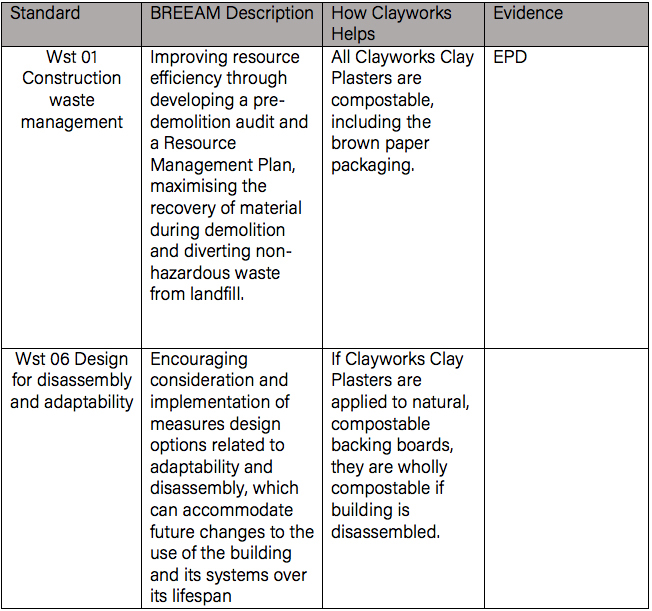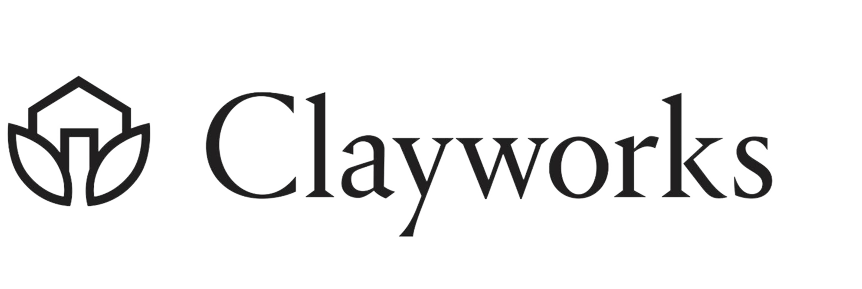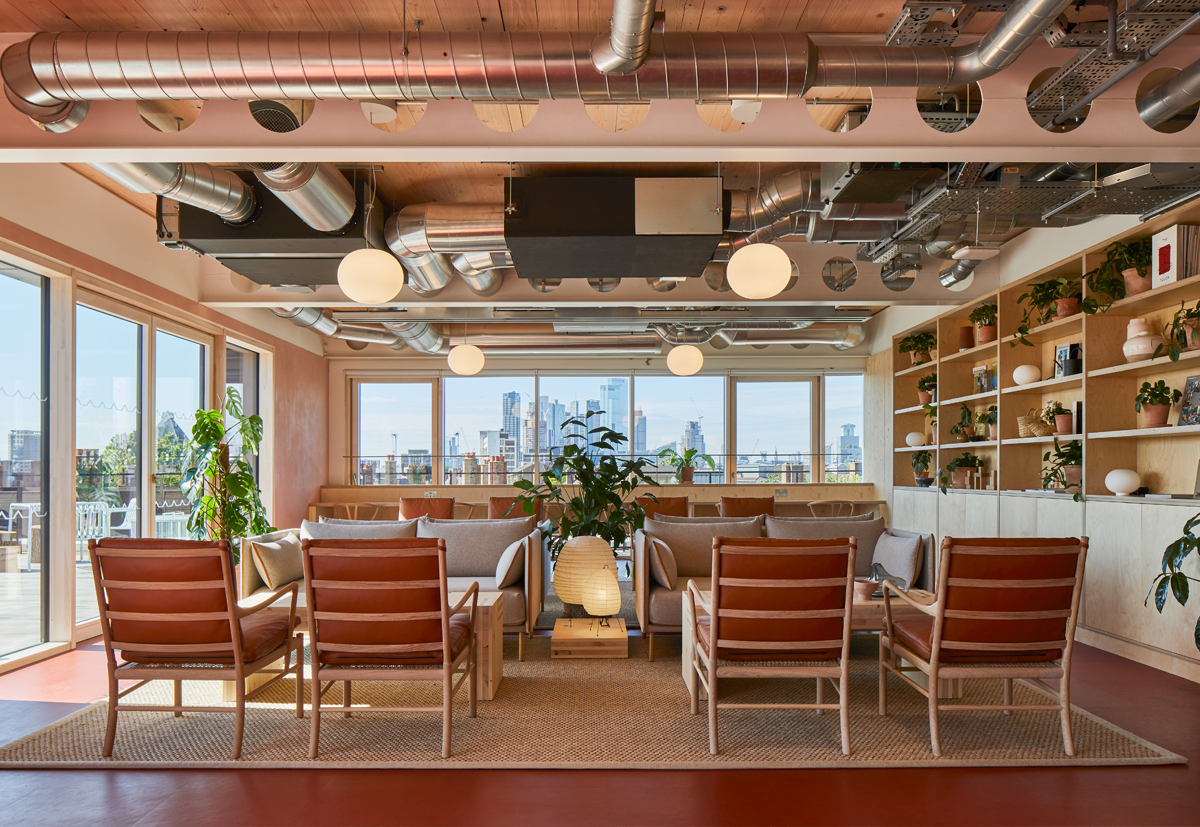
BREEAM Case Studies
The role of a materials supplier in BREEAM accredited workspaces.
There is an urgent need to increase the pace at which we are retrofitting and building new offices to prioritize climate risk, carbon emissions and occupant health & wellbeing.
Wellness in the workplace now includes sustainable buildings and healthy buildings as well as environments that promote social interaction, a sense of warmth and belonging & stimulating design.
Expectations for new buildings – from amenities to design to environmental footprint – have increased significantly in recent years. Sustainability continues to move up the priority list for investors, developers and clients, many of whom have committed to Net Zero by or before 2050. So does the ability to keep indoor air healthy: ventilation and use of moisture buffering, toxin free materials.
Measuring and recording a wide variety of measures that may be considered sustainable and healthy is critical and there is evidence that there is considerable value in certifications like BREEAM, WELL & LEED. Green certifications can result in a rent premium of up to 6% and a sales premium of 7.6% according to a recent study.
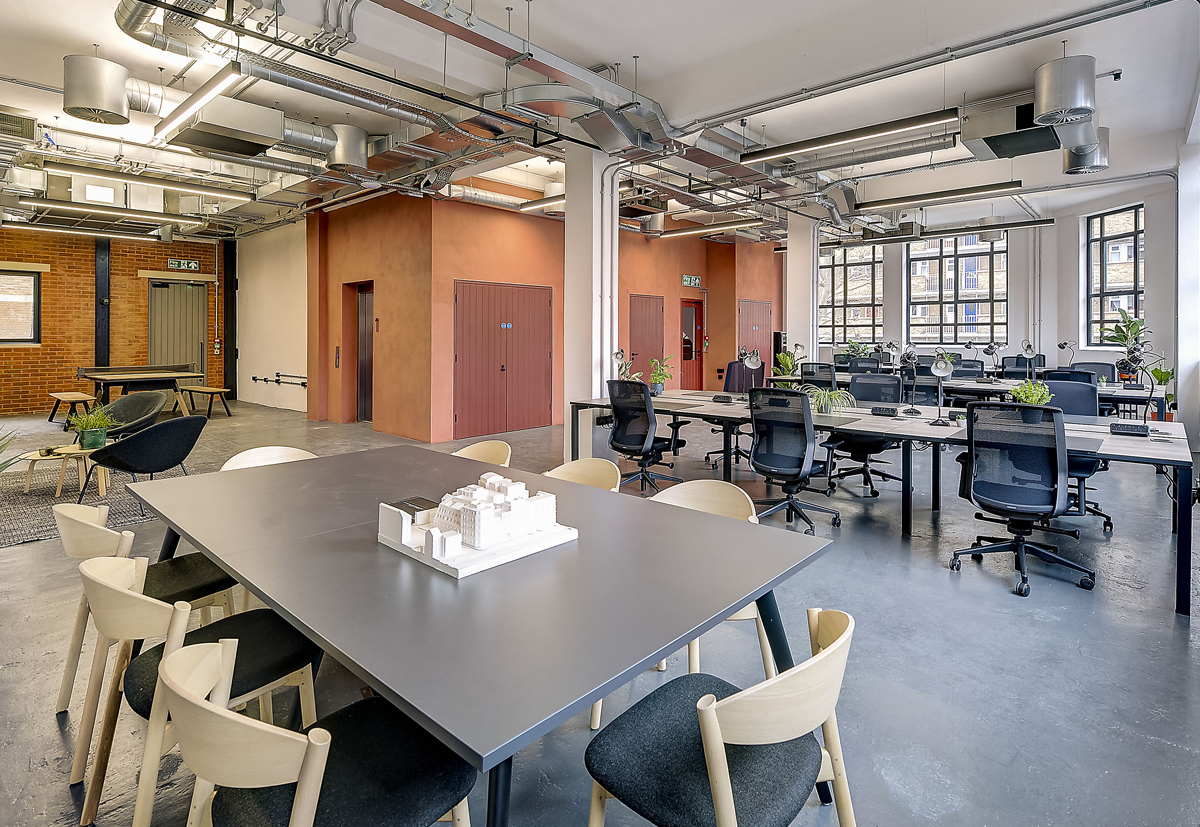
Those responsible for the design & construction of our buildings are faced with a plethora of decisions about the buildings impact. One of the most crucial decisions is the selection of construction materials. Architects seeking awards must prove the health and sustainability claims of materials manufacturers and Clayworks has made this easy by producing:
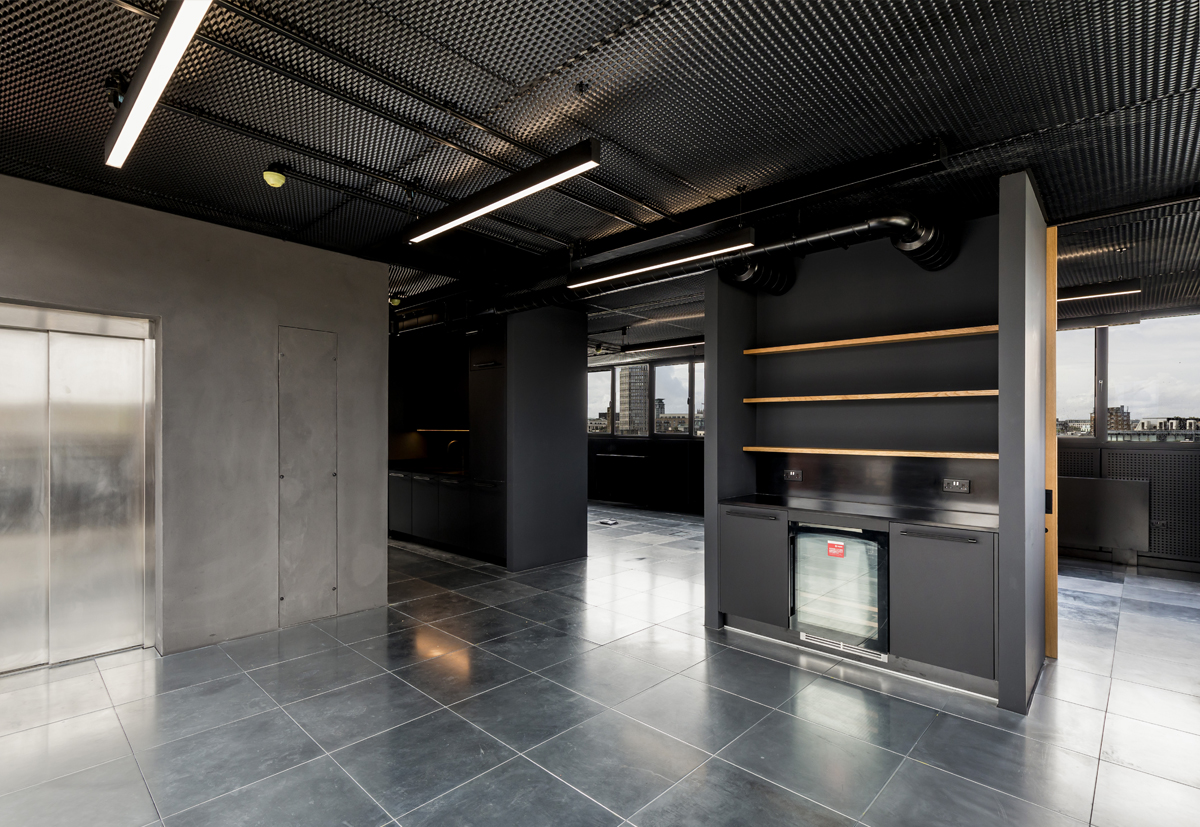
CASE STUDY: GREAT SUFFOLK YARD
- BREEAM EXCELLENT
- Well Gold Pre-certifide
- Combination of retrofit and new build.
The design for 6 Orsman Road pushed new boundaries, celebrating biophilic design: using natural, sustainable materials like timber and clay finishes as well as natural daylight and air-purifying plants to create an environment that actively improves your wellbeing.
BREEAM
BREEAM (Building Research Establishment’s Environmental Assessment Method) was the world’s first sustainability rating scheme for the built environment and is contributing to the building momentum in the UK on sustainability in building design, construction and use. It is now an international standard that is locally adapted.
Clayworks clay plasters contribute towards BREEAM credits in 2 primary ways:
- Health & Wellbeing: Clayworks Clay Plasters are naturally healthy, 100% natural geological materials that are inherently non-emitting.
- Material Responsibility: Clayworks has an Environmental Product Declaration, including a full Cradle to Cradle Life Cycle Assessment, a Health Product Declaration and VOC Emissions Certificates.
They also help towards credits in several secondary ways as detailed below.

BREEAM: THE TEN CATEGORIES
Health and Wellbeing
This category encourages the increased comfort, health and safety of building occupants, visitors and others within the vicinity. Issues in this section aim to enhance the quality of life in buildings by recognising those that encourage a healthy and safe internal and external environment for occupants.

Materials
This category encourages decisions which reduce the environmental and social impact of construction products used on a project. It takes a ‘whole life cycle’ approach to construction product impacts, encouraging consideration of impacts during manufacture, design, procurement, installation, in-use and end-of-life. The issue focuses on construction product efficiency, environmental impact, responsible sourcing and product durability.

Management
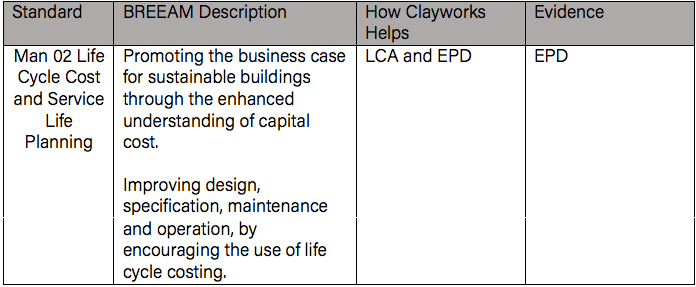
Energy
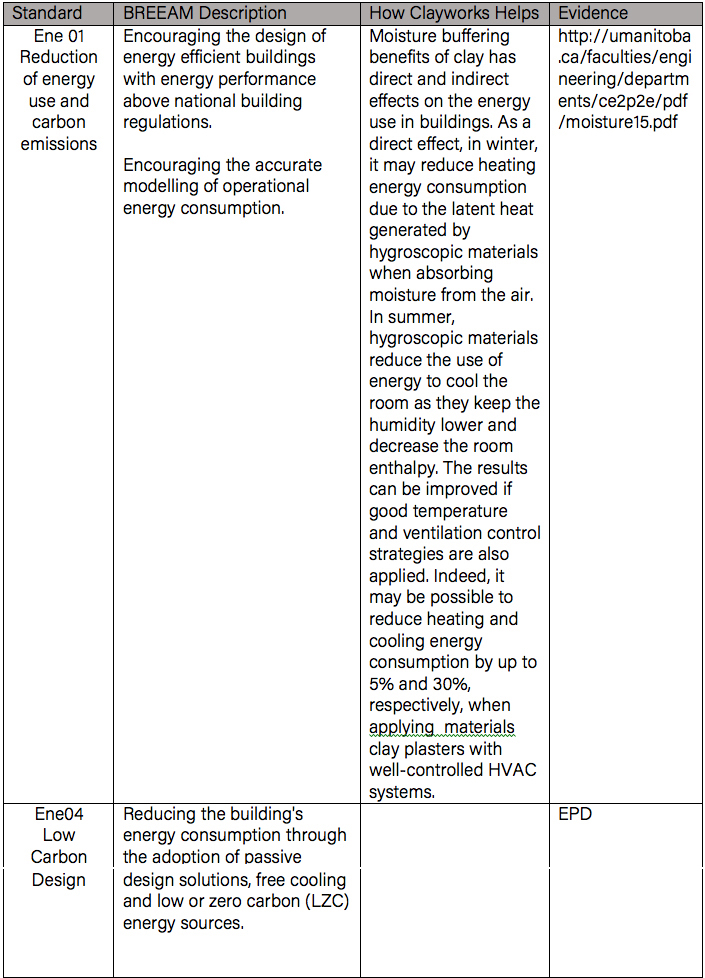
Waste
This section encourages the reduction of waste from construction and throughout the lifetime of the building. It rewards sustainable waste management, as well as waste reporting, reduction and diversion from landfill during construction, but also encourages sustainable practices during the building operation.
